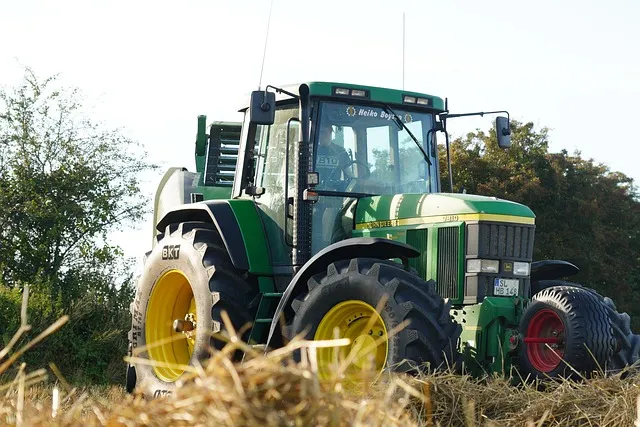Are you an American farmer looking to buy your next tractor? Whether you’re upgrading an old machine or getting your first one, picking the right tractor can feel like a big job. Don’t worry—this guide breaks it down into simple steps. We’ll use easy tips, real data, and examples to help you find the perfect tractor for your farm. Let’s get started!
Why You Might Need a New Tractor
Is your old tractor slowing down? Maybe it’s breaking a lot, or it’s over 12,000 hours old—that’s a sign it’s time for a new one. Or perhaps you’re a new farmer starting out. In 2023, tractor sales in the U.S. hit 367,000 units, showing lots of farmers are upgrading. A good tractor makes farming easier, so let’s find yours!
Step 1: Know What You Need
First, think about your farm. Do you have 10 acres or 100? Are you mowing grass, plowing fields, or hauling stuff? Small farms might need a tractor with 15-40 horsepower (HP), while big farms might want 100+ HP. Write down what you need it to do—this list will guide you.
Step 2: Set a Budget
Money matters! Tractors can cost anywhere from $3,000 to $600,000. New ones start around $25,000, while used ones can be as low as $1,000. Decide what you can spend. For example, hobby farmer Sarah in Ohio set a $15,000 budget for a used tractor to mow her 20 acres. What’s your number?
Step 3: Pick the Right Size and Power
Size and power depend on your work. Here’s a simple table to help:
| Farm Size | Tasks | Horsepower (HP) | Example Tractor |
|---|---|---|---|
| 1-10 acres | Mowing, light lifting | 15-40 HP | John Deere 1025R |
| 10-50 acres | Gardening, hauling | 40-100 HP | Kubota M7060 |
| 50+ acres | Plowing, heavy work | 100+ HP | Case IH Puma 185 |
Pick a tractor that fits your farm’s jobs!
Step 4: Research Brands and Models
Big brands like John Deere, Kubota, and Case IH are popular for a reason—they’re reliable. In 2021, John Deere saw a 19% jump in sales because farmers loved their tech. Check online reviews or ask other farmers. For example, Tom in Iowa swears by his Kubota for its easy handling.
Step 5: Decide: New or Used?
New tractors come with shiny tech and warranties, but they cost more. Used ones save money but might need fixes. Here’s a quick look:
- New Tractor: $40,000, 0 hours, 2-year warranty. Great for big farms.
- Used Tractor: $12,000, 2,000 hours, no warranty. Good for small budgets.
Farmer Mike in Texas bought a used Massey Ferguson for $10,000 and saved big. What’s best for you?
Step 6: Find a Seller You Trust
Buy from a dealer for a warranty, or a farmer you know for a fair deal. Websites like TractorHouse.com list tons of options. Ask sellers questions like, “How was it used?” or “Any repairs?” A good seller won’t hide anything.
Step 7: Test It Out
Never buy without a test drive! Start the engine, listen for weird noises, and drive it. Does it feel right? Farmer Jenny in Kansas tested a tractor and heard a rattle—she passed and found a better one.
Step 8: Check the Details
Look at:
- Hours: Under 900 hours per year is good.
- Condition: No leaks, rust, or bad tires.
- Warranty: New tractors often have one; used ones might not.
A 2015 John Deere with 1,600 hours sold for $80,000 last year—check details to get a fair price.
Step 9: Make the Deal
Ready to buy? Pay cash if you can, or get a loan. The U.S. Farm Service Agency offers loans for farmers who need help. Sign the papers, shake hands, and drive your tractor home!
Bonus: Quick Tips for After You Buy
- Check oil and tires often.
- Store it under a roof.
- Follow the manual for upkeep.
A well-cared-for tractor can last 20 years or more!
Conclusion
Buying a tractor doesn’t have to be hard. Follow these 9 steps, and you’ll find the right one for your farm. Whether it’s new or used, big or small, your next tractor is out there waiting. Start today—your fields will thank you!

